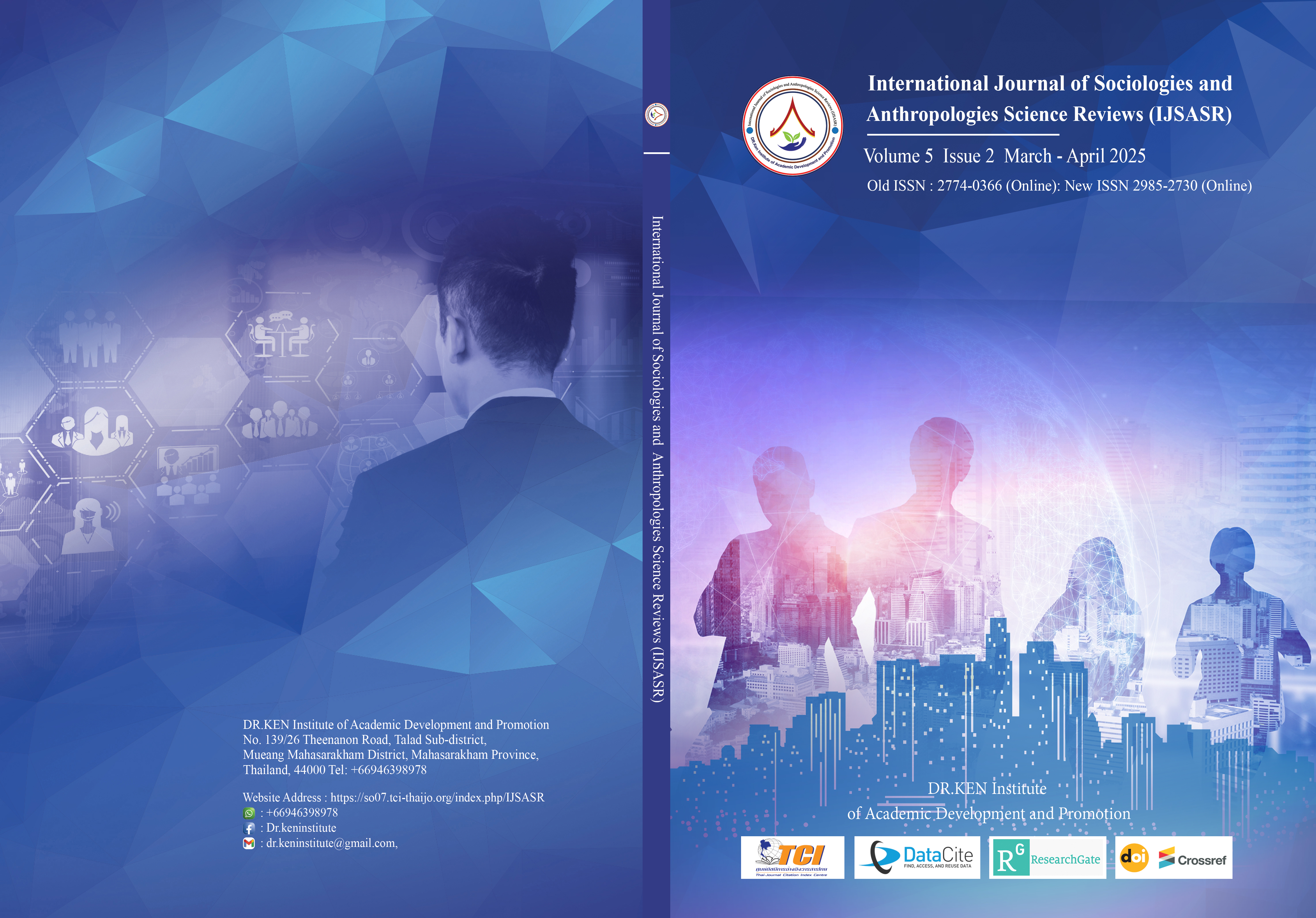Developing Management Model for Youth Basketball Clubs in Guangzhou City
Main Article Content
Abstract
Background and Aim: In recent years, Guangzhou Basketball Club has developed rapidly. However, at present, there are few studies on the current and future development goals, development evaluation, management mode, and long-term planning of Guangzhou Basketball Club, and the research depth is insufficient. Therefore, this paper will analyze the development and management model of youth basketball clubs in Guangzhou, and combine political, economic, and social factors to provide effective strategies and suggestions for the development of basketball clubs in Guangzhou. The main goal of this study is to construct a management model for the development of basketball clubs in Guangzhou.
Materials and Methods: Literature review, expert interviews, and focus group questionnaires were used to ensure the authenticity and validity of the survey contents. Then, the development and management model of the basketball club was established and its effectiveness was verified. A total of 21 experts were interviewed in this study, and the experts were divided into three groups: the first group consisted of 5 experts to discuss and evaluate the development and management of youth basketball clubs in Guangzhou; The second group consisted of 9 experts to ensure input on the proposed POLC conceptual model; The third group consists of 7 senior experts who are responsible for evaluating and validating the developed POLC model. The POLC model is a management model that divides the management process into four basic functions: Planning, Organizing, Leading, and Controlling. Each function has its specific application process. Steps in developing the POLC model) research and discuss the management of the Guangzhou Youth Basketball Club; 2) evaluate and study the important elements of the POLC model and develop a POLC conceptual model; 3) develop a draft POLC model through focus group discussions to ensure expert input on the POLC conceptual model; 4) The POLC model is evaluated and validated by senior experts, and the POLC model is revised and finalized. Frequency, average statistics, and content analysis were used for data analysis.
Result: Through the evaluation and verification of the POLC model for the development and management of Guangzhou Youth Basketball Clubs by experts, the four components of the model were finally determined: 1) The project management model includes six elements: government policy and support, market and demand, club strategy and business model, school and education, financial resources, challenges, and trends. 2) There are 5 factors in the organizational management model: organizational structure and system, human resources, marketing and promotion, risk management, and financial sustainability. 3) There are 7 factors in the leadership management model: professional development, innovation and culture, staffing and expertise, external factors, performance management, work-life balance, and employee engagement. 4) There are 5 factors of the control management model: quality assurance, performance measurement, financial control, risk management, competition, and development.
Conclusion: In terms of the quality evaluation of the POLC model, senior experts have conducted a good evaluation and verification of the POLC model for the development and management of Guangzhou Youth Basketball Clubs, and believe that the model system is complete, clear and implementable.
Article Details

This work is licensed under a Creative Commons Attribution-NonCommercial-NoDerivatives 4.0 International License.
Copyright on any article in the International Journal of Sociologies and Anthropologies Science Reviews is retained by the author(s) under the under the Creative Commons Attribution-NonCommercial-NoDerivatives 4.0 International License. Permission to use text, content, images, etc. of publication. Any user to read, download, copy, distribute, print, search, or link to the full texts of articles, crawl them for indexing, pass them as data to software, or use them for any other lawful purpose. But do not use it for commercial use or with the intent to benefit any business.

References
Chen, J. (2015). A study on the efficient operation mechanism of sports clubs. Journal of Henan Normal University,43(7), 87-94
Cheng, M. (2021). Research on the current situation and countermeasures of youth basketball training institutions in four districts of Nanjing. Master’s thesis, Nanjing University of Science and Technology.
Li, C. (2023). Research on the development of youth amateur basketball clubs in Wuhan under the “double reduction” policy. Master’s thesis, Wuhan Sports University.
Li, Y. (2014). Research on the integration and growth of China’s sports industry. Doctoral dissertation). Wuhan Sports University.
Li, Z. (2016). Research on the current situation and countermeasures of youth basketball clubs in Nanchang. Master’s thesis: Nanchang University.
Shu, J. (2023). Research on the current situation and countermeasures of youth basketball training institutions in Xinyu. Master’s thesis, Jiangxi Sports Institute.
Wan, Y. (2020). A study on the current situation and countermeasures of amateur basketball clubs in Chongyang County. Master’s thesis, Central China Normal University.
Wang, W. (2020). Research on the marketing strategy of the “Urban Legend” basketball club. Master’s thesis). Beijing Sport University.
Wang, Y. (2019). Research on the current situation and countermeasures of youth basketball club teaching in Beijing. Master’s thesis: Jilin Sport University.
Wang, Y. (2020). SWOT analysis of the development of small basketball in youth basketball clubs in Nanchang. Journal of Jiangxi Normal University, 45(3), 123-130.
Yao, J. (2023). SWOT analysis of the implementation of mini basketball in youth basketball clubs in Nanjing. Master’s thesis, Nanjing Sports Institute.
Zhang, F. (2020). The current situation, problems, and countermeasures of the development of the youth sports training market in China. Journal of Tianjin Sino-German University of Applied Sciences, 2, 124-127.






